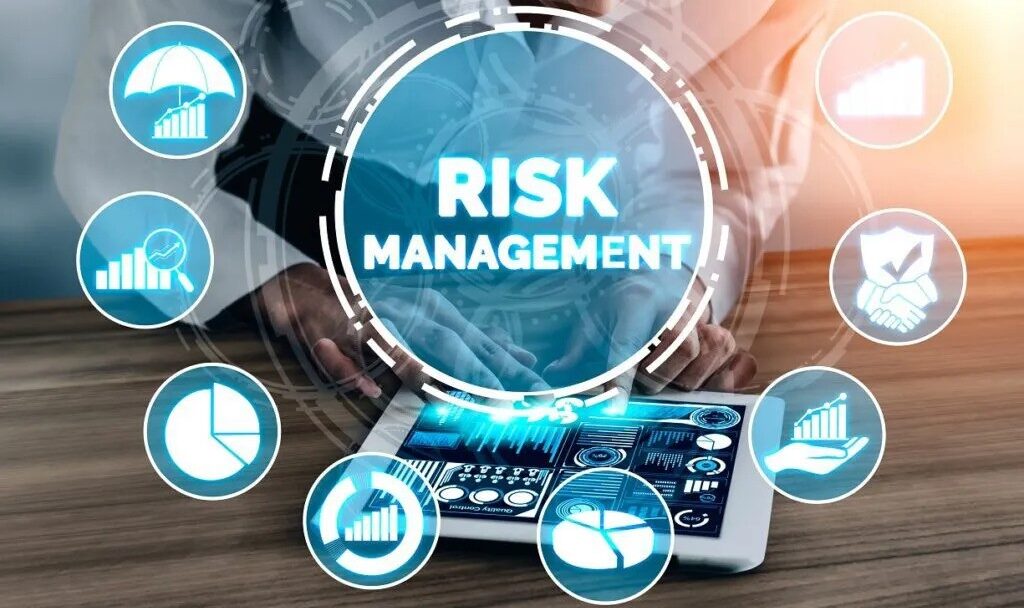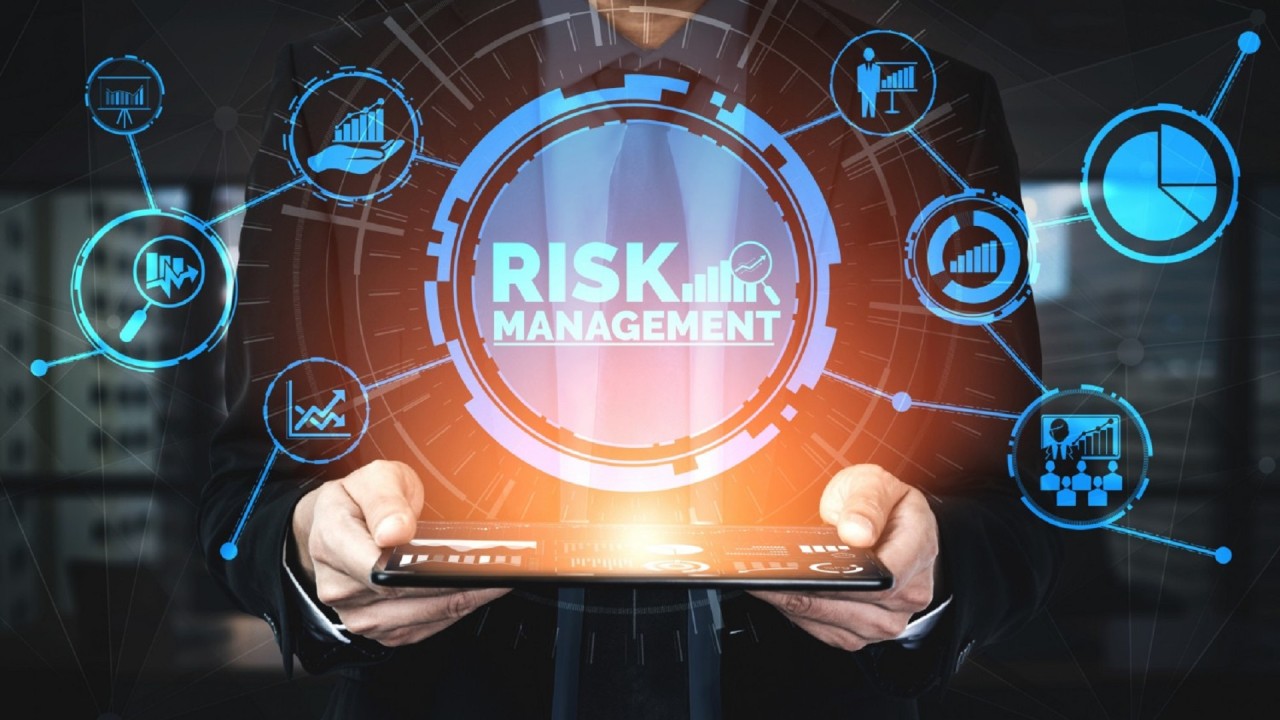Tech Investor Risk Management Strategies For Future Success
Although the technology sector offers potential for investors today and in the future, the tech investor risk management process should also be considered. However, this rapidly changing sector also brings with it some risks.
In particular, the sudden removal of a product or service from the market due to rapid developments, incompatibility of regulations, and increasing competition are problems that require risk management for technology investors.
Compared to other types of investments, technology investors have to expend extra energy adapting to rapidly changing market conditions. However, some common strategies and tips make it possible for technology investors to manage risk more easily and practically.
In the tech investor risk management process, it is very important which sub-branch of the sector you are in. For example, smartphones and artificial intelligence technologies are both popular investment areas in the technology sector.
However, artificial intelligence technologies have rapidly surpassed other subfields in terms of investment amount in recent years. First of all, you should determine which field you are in and determine the possible risks in this field.
Although the earning potential of technological projects is quite high, having a long-term perspective will also allow you to manage the tech investor risk management process more successfully.
What Is Tech Investor Risk Management And Why Is It Important?

If we were to define tech investor risk management, it could be called the strategies of investors in the technology sector to combat possible risks. Many investors have lost thousands of dollars in the technology sector.
However, many investors have made millions of dollars in profits from this sector. When we look closely at successful technology investors, we see that many of them are competent in tech investor risk management.
Since the technology sector is a sector where conditions change rapidly, competition is high, and regulatory uncertainties are full, it is expected that investors in this sector can combat these possible risks.
Although many investors have to end their investment projects in the face of such risks, the number of those who can overcome these risks with the right strategies and tips is not small.
Since a new product and service is introduced to the market every day in the technology sector, the project can go bankrupt due to an unexpected change in regulation.
For this reason, you can test the regulatory compliance of the project you invest in.
Key Strategies For Tech Investor Risk Management
For technology investors, maintaining financial stability within an ecosystem with rapidly changing conditions requires advanced tech investor risk management skills.
When the portfolios of successful technology investors in their fields are examined, it is seen that many tech investor risk management strategies are implemented. Diversification strategies should be remembered first among these.
As in all types of investments, in the technology field, allocating resources to projects in different areas instead of a single project, product or service ensures that your financial stability continues in the event of a possible crisis or regulatory change.
For example, an investor who allocates all of his assets to a camera brand and projects may face the risk of losing all of his assets shortly in a regulatory issue related to cameras.
However, if you allocate some of your assets to a project that produces applications for smartphones and some to a startup that offers tools using artificial intelligence technologies, you will not lose all of your assets in a possible regulatory issue or market change.
It is possible to optimize the tech investor risk management process with risk management tools called hedging strategies. In addition, it is useful to focus on due diligence and market research.
Additionally, technology investors taking a long-term perspective will enable them to be more resilient to short-term market fluctuations.
How To Identify And Mitigate Risks As A Tech Investor?
For technology investors not to make mistakes in the tech investor risk management process, they must first determine or define the risks. To ensure this, market risk must first be known.
Market risk is related to macroeconomic fluctuations that directly affect the technology sector, and market crashes are among the possible risks. For this, technology investors need to follow global developments and be aware of innovations in the field of technology.
Another basic risk is regulatory ones. Since the technology sector is an area where a new product or service is launched every day, the possibility of sudden regulatory incompatibilities and project termination should be taken into consideration.
To manage this risk in the best way, investors should also test the compliance of the projects with legal regulations. They need to think in detail when investing in technology projects that do not comply with international standards.
If you want tech investor risk management to be the best in today’s conditions, you, as an investor, must also consider the risk of competition.
For example, while artificial intelligence technologies were developing with the projects of only a few pioneering companies a few years ago, today there are thousands of startups using artificial intelligence technologies.
The Role Of Diversification In Tech Investor Risk Management
As in every field, diversification strategies are a very essential type of strategy for investors in the technology field. To sustain tech investor risk management in the most successful way, you have to implement diversification strategies.
In the rapidly changing conditions of the technology sector, instead of allocating resources to a project in a single field, you should invest in different technology fields.
Today, artificial intelligence, fintech, cybersecurity, and sustainable technologies can be listed as trending areas and good choices for investment.
Managing investment projects not only in different technological fields but also in different countries can be recommended for tech investor risk management.
Investing in companies operating on a global scale, regardless of the economic conditions of the country you live in, can be a good diversification strategy.
Common Mistakes In Tech Investor Risk Management

Individuals who manage investment projects in the technology sector make some common mistakes by showing emotional reactions to sudden market fluctuations in this profitable sector. These common mistakes can often occur in the tech investor risk management process.
In projects that promise great promise in trendy technology areas, investors can allocate all their assets to a single company. In such cases, when things do not go well, your financial stability may be damaged. It may be necessary to use diversification strategies to prevent this risk.
Over time, some investors may be deceived by market bubbles. After areas such as cryptocurrencies became popular, the emergence of thousands of platforms increased competition and made these projects unprofitable for new investors.
As in this example, companies that have reached high valuation levels should not be funded directly without research.
Another common mistake is that investors tend to make short-term investments because the technology sector is a sector that provides fast returns and returns.
However, since the technology sector is changing and developing rapidly, a long-term perspective can be a lifesaver for your financial stability.
How Market Trends Affect Tech Investor Risk Management?
Every passing day, new developments in the technology sector and the rapid launch of innovations may challenge the tech investor risk management of investors in this field. Those who want to invest in this field more securely and stably should be aware of market trends.
Today, market trends such as artificial intelligence, automation, blockchain technologies, and sustainable technologies are less risky than other sub-fields.
Because these trending areas are areas with increasing market volume supporting projects in these areas will also provide good commercial returns.
However, market trends can sometimes negatively affect tech investor risk management. Cryptocurrencies are one of the trending technologies of recent years as digital asset classes. However, due to regulatory issues in this area, they can be risky projects for investors.
Regulatory Challenges In Tech Investor Risk Management
One of the most fundamental factors that make tech investor risk management difficult for technology investors is regulatory difficulties.
Today, even in developed countries, regulations regarding products and services in the field of technology may not be up to date. This may mean that investors will suffer commercial losses.
Thanks to updates in international standards and innovative regulatory proposals such as the Digital Services Act, investors can discover projects that are safe in terms of regulation. However, technology investors should be aware of innovations in this field and research the relevant regulations.
For example, artificial intelligence technologies, one of the most popular technologies of recent years, can create both visuals and text. However, we know that regulations in this field are not up to date even in giant world countries such as the USA, England, and China.
How Do AI And Big Data Improve Tech Investor Risk Management?
Artificial intelligence technologies offer many solutions for investors in every field. Artificial intelligence technologies and developments in the field of big data make tech investor risk management more practical.
Investors can analyze market data in a short time with artificial intelligence tools and maintain their financial stability thanks to data-based analysis. Investors can access current developments, regulatory texts, and legal standards with artificial intelligence-based search engines.
They can learn about market trends with AI-based analysis tools. With big data analysis, investors can quickly analyze large amounts of market data that they cannot scan manually and create an optimum future perspective.
In the past, analyzing the data of thousands of customers was a very long and resource-intensive operation. However, thanks to today’s advanced data analysis solutions, very efficient analysis is possible.
Risk-Reward Balance In Tech Investor Risk Management

As in almost every investment model, the risk-return balance is also critical for technology investors. In order to provide the most successful tech investor risk management, it is necessary to create a balanced portfolio.
In addition to high-risk investment projects, investment portfolios should also include market trends with higher returns.
In addition, instead of focusing on short-term return potential, dealing with projects that promise long-term growth potential is a good way to achieve a risk-return balance.
In addition, projects that offer financial return potential in the future will be a cheaper option for investors if they have not yet become very strong in the market.
One of the responsibilities that technology investors should have compared to other types of investors is that the risk-return balance should be well analyzed. Startups that offer growth potential should be evaluated by investors with a good analysis of the risk-return balance.
In order for tech investors to achieve a risk-reward balance, they must first be aware of market trends. They should evaluate diversification strategies to get rid of possible market risks.
Thanks to risk management strategies, you can maintain your financial stability by minimizing losses in possible crises.
Future Trends In Tech Investor Risk Management
For technology investors, the future is a subject that must be constantly considered. It is very important to have a long-term perspective, especially for successful tech investor risk management.
In order to determine the trend areas of the future today, current technology developments should be followed almost daily.
It is very important to follow today’s popular technologies such as DeFi or decentralized finance, products or services with sustainability motivation, biotechnology solutions, and artificial intelligence technologies.
A new solution, product, or service is being developed in these areas every day. It can be difficult to determine which of these solutions are commercially profitable and have the least risk for investors.
However, I can still foresee that artificial intelligence-based solutions will be more commercially profitable shortly.
It is possible to claim that technology investors will reach a safer habitat in the future with the increase in the options of risk management strategies and tools.
However, rapidly developing technologies such as artificial intelligence and big data analytics will transform the analysis processes of the markets into an automation format. This will create new markets with high competition and chaos.
Although there are likely to be certain risks in almost every investment model, the rapid change and development of the technology sector requires investors to be aware of the trends. In addition, in the future, technology investors should benefit from data-driven techniques or tools to use risk management strategies more successfully.
See you in the next post,
Anil UZUN
